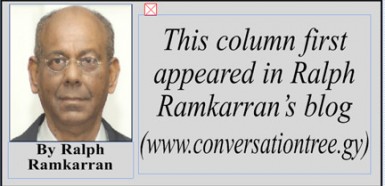 Last Sunday, it was reported that a mother from Enmore on the East Coast had chased her three-year old son around the yard of their home and subsequently stabbed him several times. She then placed him on a bed in the shack which was their home and watched him bleed to death. The mother, Brenda Ferreira, now charged for murder, explained that she dreamt that she would die and did not want to leave her favorite son behind. It is not clear if Brenda Ferreira and those close to her knew or understood that she needed medical attention, or, if she or they did, that they knew how to or were capable of accessing it.
Last Sunday, it was reported that a mother from Enmore on the East Coast had chased her three-year old son around the yard of their home and subsequently stabbed him several times. She then placed him on a bed in the shack which was their home and watched him bleed to death. The mother, Brenda Ferreira, now charged for murder, explained that she dreamt that she would die and did not want to leave her favorite son behind. It is not clear if Brenda Ferreira and those close to her knew or understood that she needed medical attention, or, if she or they did, that they knew how to or were capable of accessing it.
Worldwide extreme poverty has declined from 43 percent of the world’s population in 1990 to 21 percent in 2011. While this has been a major achievement, 750 million people, or 1 in 10, still live in extreme poverty, earning less than US$1.25 a day. In Guyana, is estimated that 36 percent of the population live in poverty and of those, 19 percent live in extreme poverty (Guyana Poverty Reduction Strategy 2011-2015). Brenda Ferreira’s husband is a retrenched sugar worker who is now a labourer at a lumber yard. It is a distinct possibility, the family is one that qualifies as living in extreme poverty.
Extreme poverty is not confined to families in which a member of the household earns an income. The mentally ill, street dwellers, the homeless, addicts, beggars and others all qualify as living in extreme poverty. These are the Guyanese who are most in need of urgent help, without which they are in imminent danger of not surviving. Those of the extremely poor who survive the first flow of oil funds should be Guyana’s first priority.
